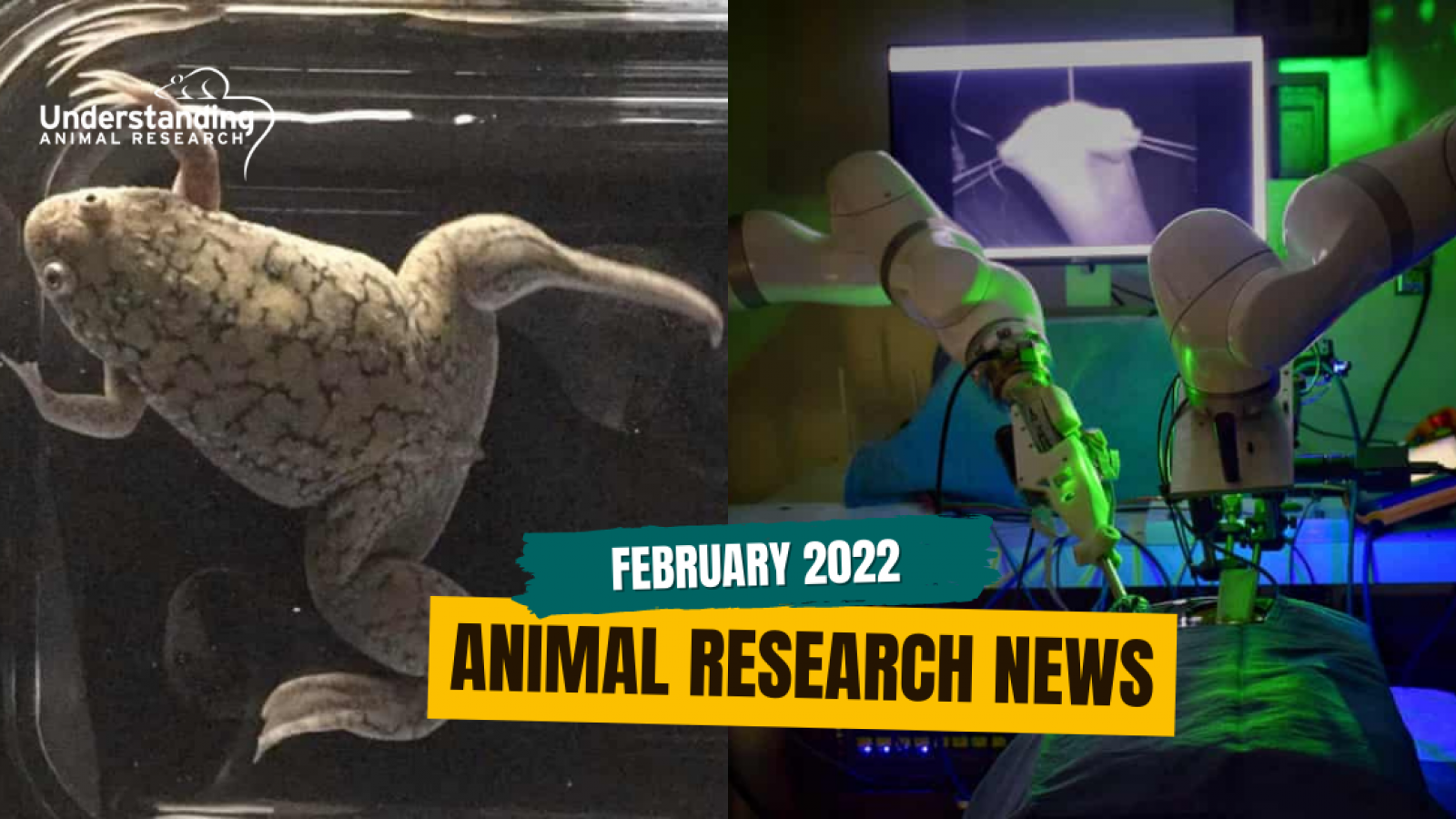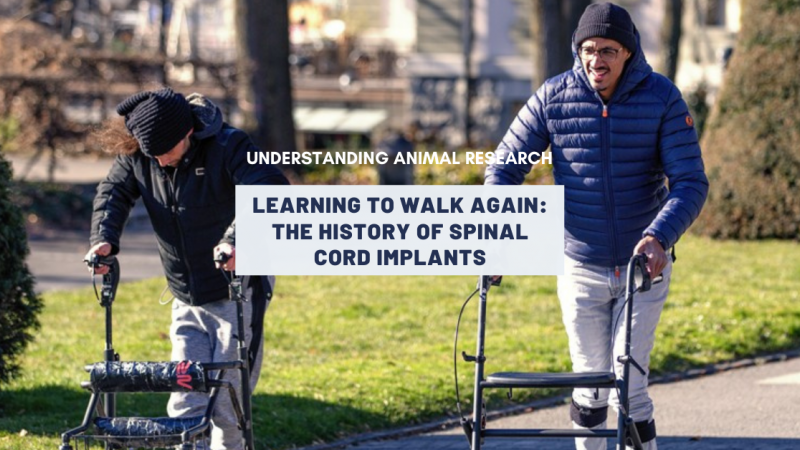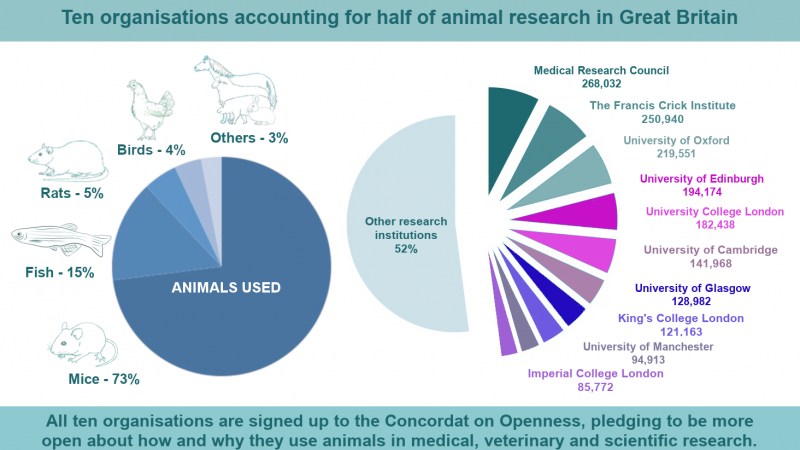Paralysed man walks thanks to spinal implant
In a culmination of three decades of research, including vital studies in rats and monkeys, a paralysed man has been able to walk again thanks to an implant in his spine.
Five years ago, Michel Roccati’s spinal cord was completely severed from a motorbike accident, and he was left with no feeling at all in his legs. Thanks to an electrical implant that has been surgically attached to his spine he can now walk.
When the spinal cord is completely severed, electrical currents from the brain are not able to reach parts of the body below the injury, resulting in paralysis that is usually irreversible. However, the neurons below the injury remain intact. This has allowed Swiss scientists to develop an implant that sends electrical currents to the neurons below the spinal cord injury, resulting in Michel being able to walk again.
So far nine people have received the implant and regained the ability to walk. The implant is currently being used to help them practice walking which exercises their muscles, improves their health - and often, restores a little bit of movement.
The researchers stress that this is not a cure for spinal cord injury, but a major step at improving quality of life. You can watch their video to find out more about the implant.
Source: BBC News
Frogs regrow amputated limb
Scientists have regrown amputated frog limbs thanks to a new device infused with regeneration chemicals.
The right hindleg was amputated from 115 frogs, the animals were then split into three groups. The frogs in the first group wore a device over the wound that contained five drugs known to aid regeneration. Each drug had a different purpose i.e., reducing inflammation, promoting growth of blood vessels and muscles, and preventing scar tissue. Frogs in the second group wore the device without any drugs and frogs in the third group did not receive any treatment. Frogs that wore the device only did so for one day, before it was removed.
After 18 months the frogs that wore the device containing the drug cocktails had regrown legs with digit like structures at the ends, that functioned similarly to the original leg.
The research is a major step forward in regeneration medicine. Current research in this field has been performed with animals with a natural ability to regenerate limbs, such as axolotls, and not animals that lack this ability, like adult frogs. The researchers are now testing this innovative approach in mammals and hope there’s future potential to test in humans.
Source: NewScientist
Robot performs keyhole surgery on pig
A robot has successfully carried out keyhole surgery on the bowels of pigs, with limited intervention, for the first time.
When robots are used in human operations, they are usually focused on small rigid parts on the body that do not change shape, such as bone. Automated surgery on soft tissue is extremely difficult due to movement. In this scenario, the robot was used to join two ends of the intestines, after a section was removed, on four pigs with limited human intervention. One week after the surgery, the results were significantly better than those achieved by human surgeons.
Surgeries like this are challenging and require high accuracy and consistency. Even a slight hand tremor or misplaced stitch can result in a leak that could result in a patient suffering fatal complications. Robotic surgeries are one way to ensure that surgical tasks that require high precision and repeatability can be performed with more accuracy and precision in every patient independent of surgeon skill.
Source: Guardian
Cancer killing cells still present ten years later
If you read the news last month, you’ll remember hearing about mRNA technology being used to temporarily reprogramme t-cells into cells that target collagen to reverse heart damage in mice. The reprogramming of t-cells inside the body is a recent development, unlike the reprogramming of t-cells outside of the body, by extracting and engineering them from blood samples before readministering them, which has been taking place for decades.
This technology, originally developed in mice and monkeys, is referred to as CAR T-cell therapy and has been used to reprogramme these immune cells into specific cells that recognise and destroy cancer.
In clinical trials, this technology was extraordinarily successful at putting patients, with different types of blood cancer, into remission. Ten years later cancer-killing CAR T-cells have been found in two of the first patients that received this therapy, suggesting that it could be used as a cure for certain types of blood cancer.
Source: Guardian
Cancer, heart disease and women in science awareness
This month we recognised World Cancer Day, National Heart Month, and International Day of Women and Girls in Science.
For World Cancer Day we let Sumana Shrestha, a third-year PhD student researching the childhood brain cancer medulloblastoma at The Institute of Cancer Research, takeover our Instagram account. Sumana spoke about why and how she uses mice and cell-based techniques in her work and spoke to her colleagues about their roles in the lab. You can view Sumana’s takeover on UAR’s Instagram account.
Our latest article explains how women are at the forefront of animal welfare developments, and we created this infographic to explain how animals have been used in heart research.
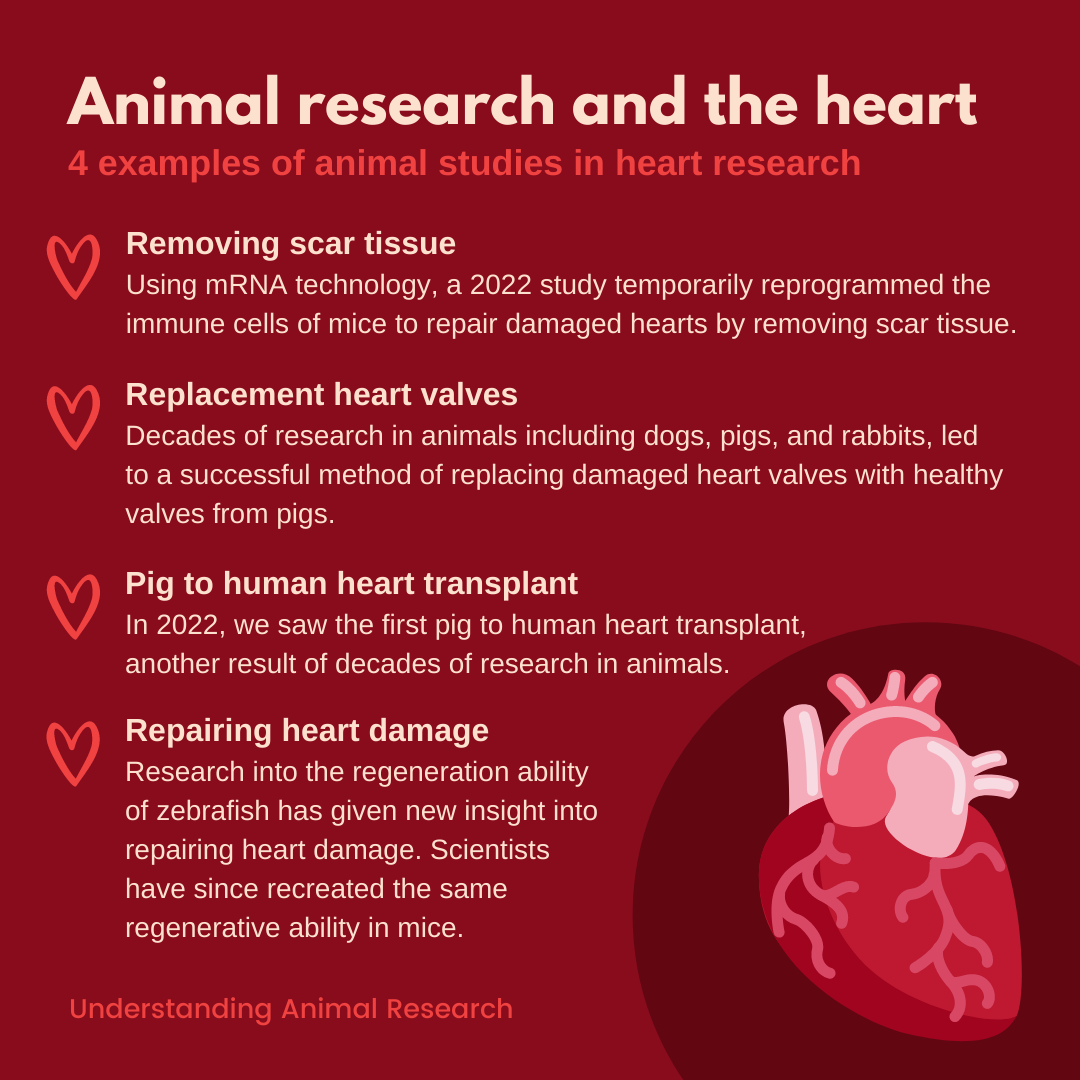
Swiss public vote in favour of animal research
Voters in a referendum, calling for a ban on animal research in Switzerland, have rejected the motion by 79% to 21%. This was the fourth failed Swiss vote on the issue of banning animal research since 1985.
Openness in animal research
In response to claims that monkeys were mistreated as part of its research, Neuralink has produced a detailed webpage, including a video, explaining how animals are used and cared for in its research both past and present.
Neuralink is a computer to brain interface company owned by Elon Musk. It is developing an implanted brain device, which could allow humans with neurological conditions to control technology with their thoughts. With promising results already seen in a pig and monkey, the company is preparing to test their brain chip in humans for the first time.
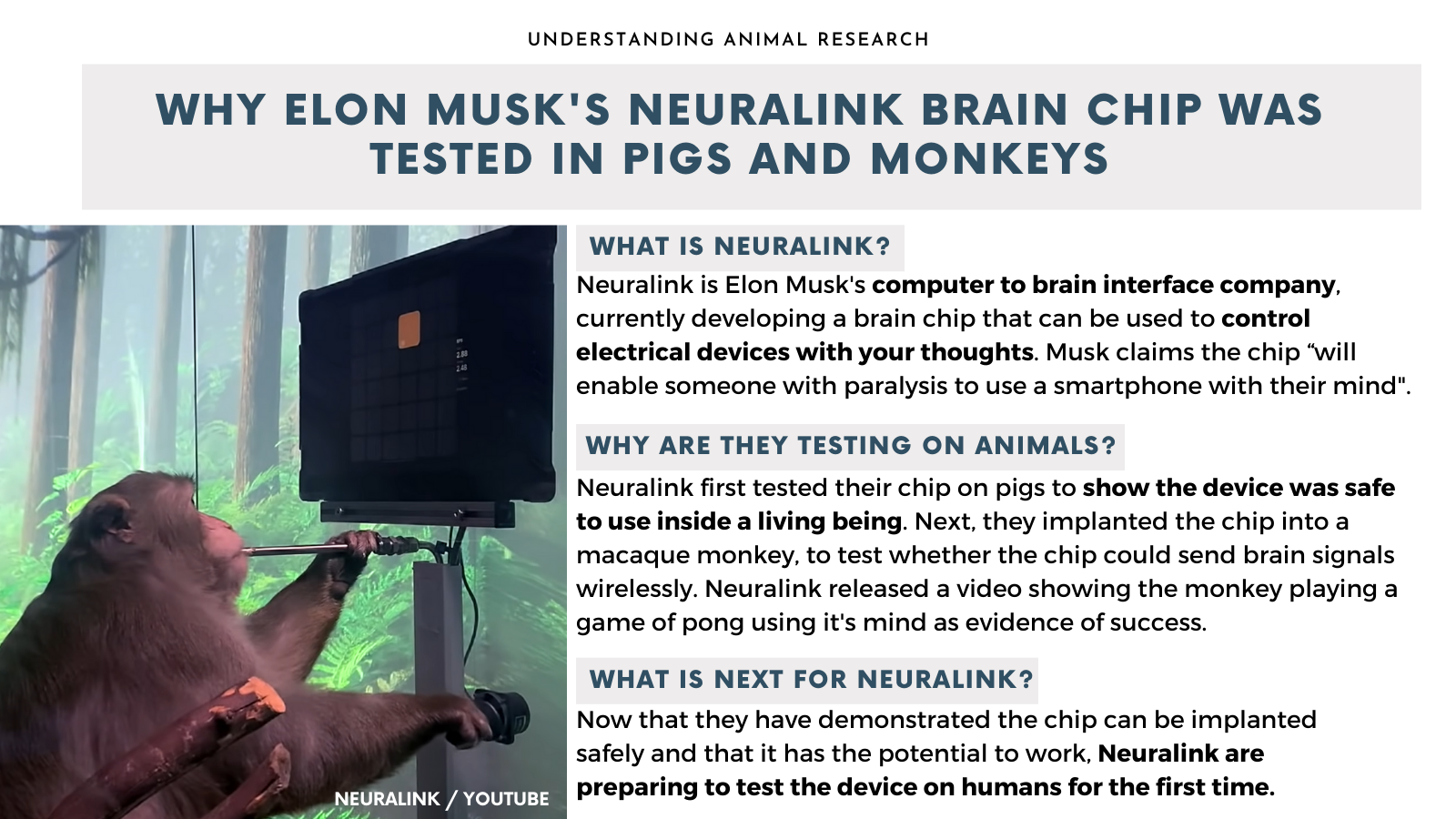
Recent articles
Don’t forget to check out our latest articles “how are flu vaccines made” and “is animal testing ethical”.

Last edited: 10 June 2022 08:46

